The Wondrous Bridges are a natural attraction located in the Western Rhodopes. They are a great place, wrapped in wonderful nature and interesting legends. When we visited, I did not expect them to be of such a scale, as they look very small in the pictures, but they are not. The walk there is very pleasant and worth seeing.
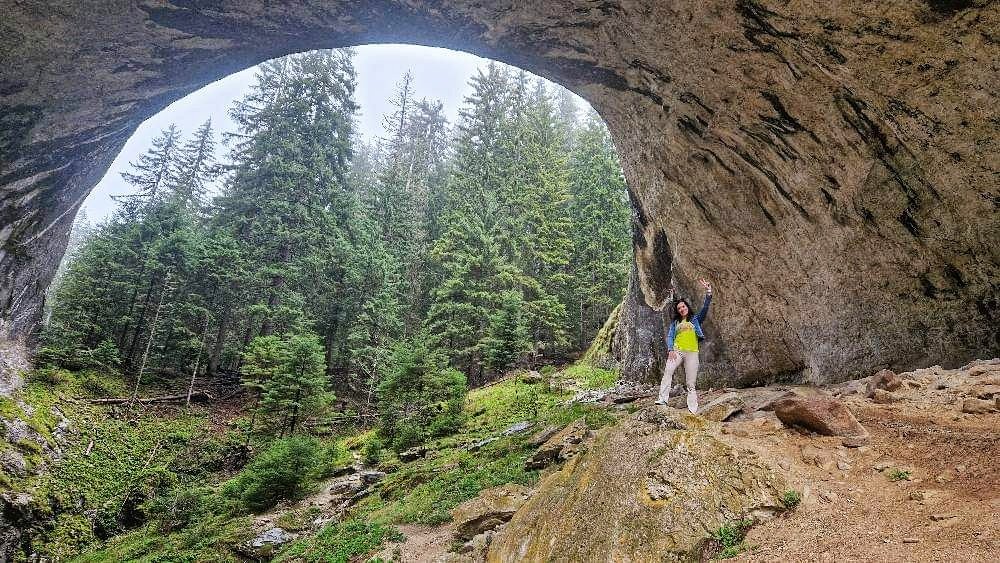
At the foot of the massif is the junction between the natural phenomenon Wondrous Bridges and the village of Zabardo. Take the right, the road becomes even narrower and enters the gorge of the river Dalboko Dere and gradually, for 10 km, with numerous serpentines.
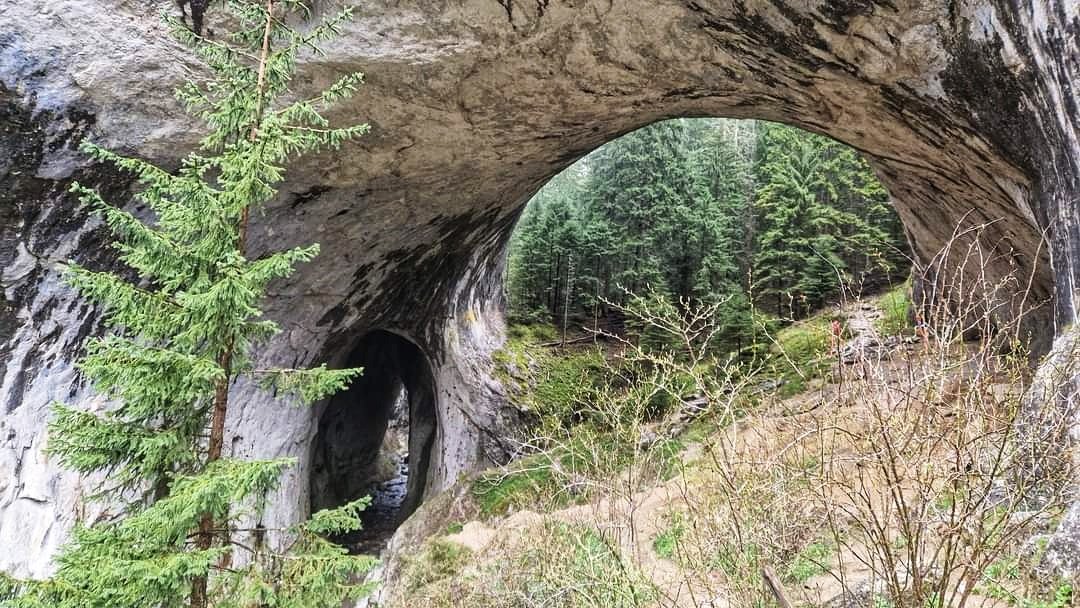
The Wondrous Bridges are located at 1420 m above sea level, they are huge marble arches connecting the two banks of the Erkyupria River (now Dalbok Dol River). Three main hiking trails give tourists access to the rock phenomenon, each of them revealing different views. The first and largest bridge is 96 meters long, its width varies from 7 to 45 meters in places, and its height from 14 to 43 m. It starts with three openings of different sizes and ends with one. It is considered the highest cave opening in Bulgaria. At its base there are two interconnected caves and numerous karst cavities. A wide 10-15 meter path runs along the bridge from the village of Orehovo to the village of Zabardo - an opportunity for another pleasant walk in search of more sights.
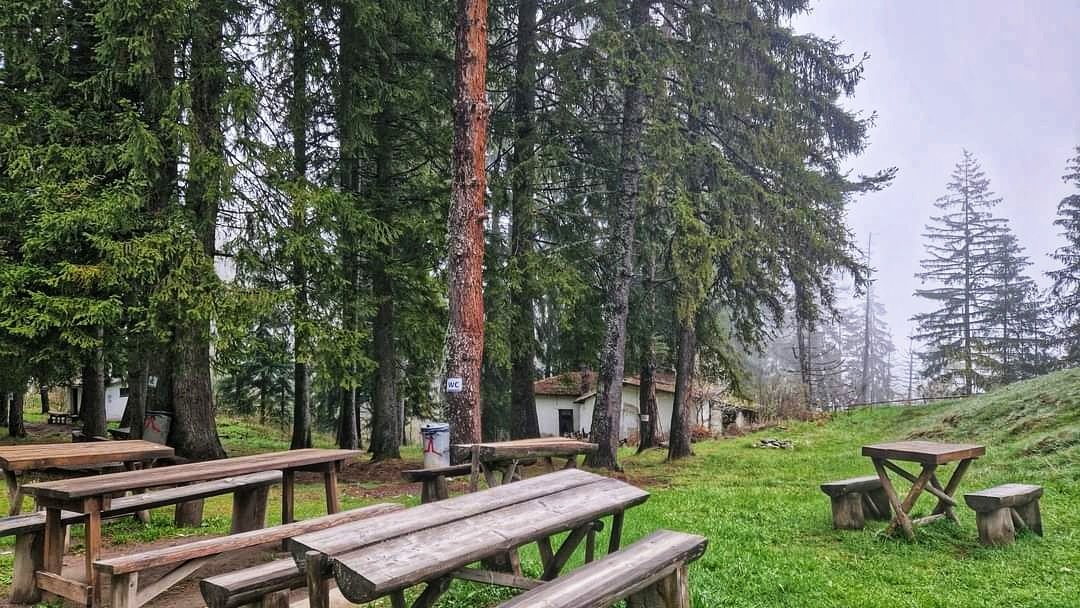
More than 100 thousand people come to the natural phenomenon of the Wondrous Bridges every year, it is also in the top 3 of the most visited places in the Smolyan region . Millions of years ago, the rock phenomenon was actually a cave through which the raging river Hercupria (meaning land bridge) passed. After a powerful earthquake, according to the locals, part of the vault of the cave collapsed and this is how the rock bridges were formed. The waters carried away some of the fallen materials and formed two marble bridges next to each other. Between the two there are still huge blocks of stone that occupy the river bed.
Legend of Wondrous Bridges - Once upon a time, there were many shepherds in the land of the village of Zabardo. One day, to their misfortune, a dragon suddenly appeared and began to eat their flocks, day after day. For many years the shepherds could not get rid of the dragon, and it continued to slaughter their flocks. One day, however, they thought of how to outsmart the dragon. They loaded a poor donkey with powder (a wood mushroom used to light a fire) and set it on fire, sending it to the dragon. The dragon without thinking swallowed the burning donkey, as the dragon felt, maddened. He ran and wondered how to save himself, finally found a hole in the ground and tried to enter. His body opened a gap, but so the dragon got stuck there and died. After years, the dragon's bones rotted, but the huge rock bridges remained forever.
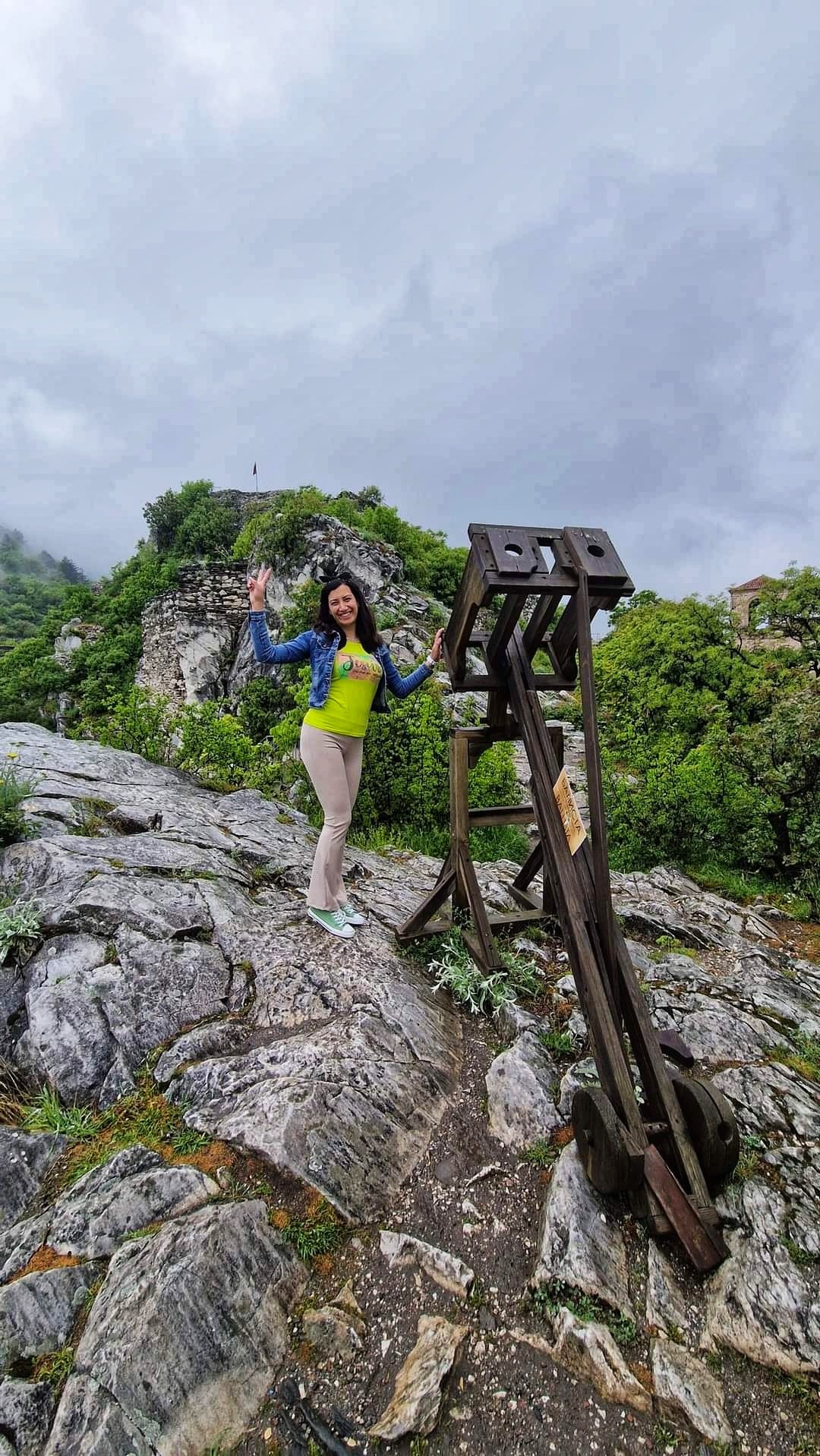
The Assen fortress is a cultural monument of national importance. It towers majestically and impenetrably with all the weight of its silence. It is located 2 km. above the town of Asenovgrad. Just where geography says "Goodbye" to the Thracian Plain and "Welcome" to the magical Rhodopes.
A medieval monument, the history of which has been written even since the time of the Thracians, who built a military fortification at this place on an impassable rock. Centuries later, Emperor Justinian built a high fortress here.
Already during the Early Middle Ages, this part of the Rhodopes was part of the First Bulgarian State, and the same fortress walls protected the territories from foreign invaders. At the foot of the cliffs of the Fortress, the medieval settlement of Stenimachos was established, and in the 13th century, the Bulgarian king Ivan Asen II strengthened and completed the fortress. The imposing construction is stamped with an eight-line inscription carved into the rock. This inscription became the reason why the fortress was called Asenova, and the modern city below it got the name Asenovgrad.
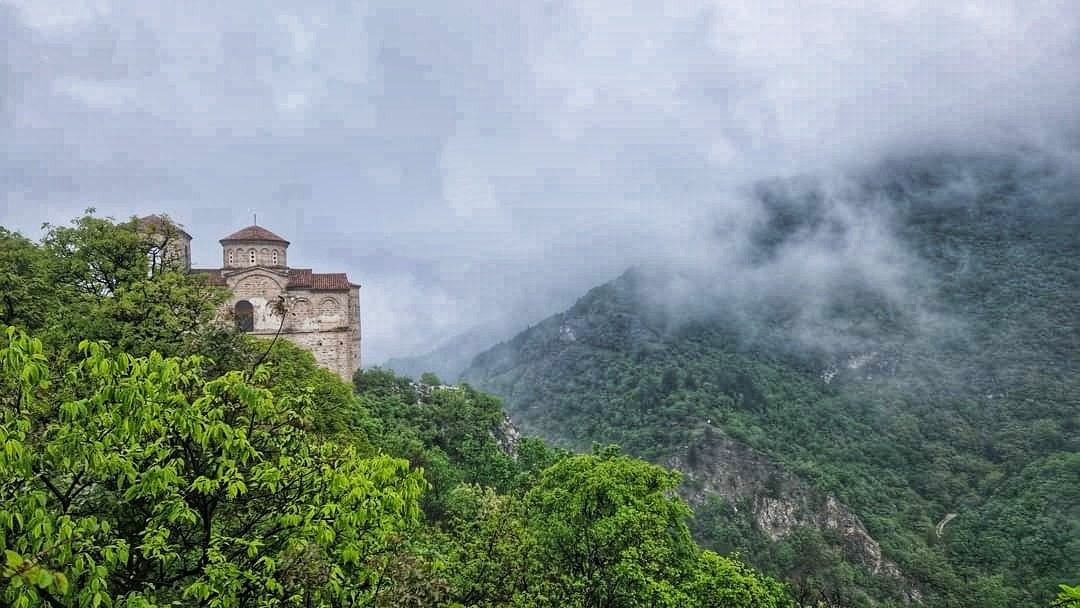
The first floor of the church was intended for a crypt, but it never reached such a purpose. Hewn blocks of bigor make up the actual floor of the temple. The facade attracts with the so-called blind arches and the stone iconostasis, typical of medieval art.
The devastating Chirpan earthquake of 1928 caused the dome of the church to collapse, and a large part of the valuable frescoes were thrown to the vagaries of nature and time. However, the fortress survives this as well. It has been restored several times, and for about 20 years it has also had an active Orthodox church.
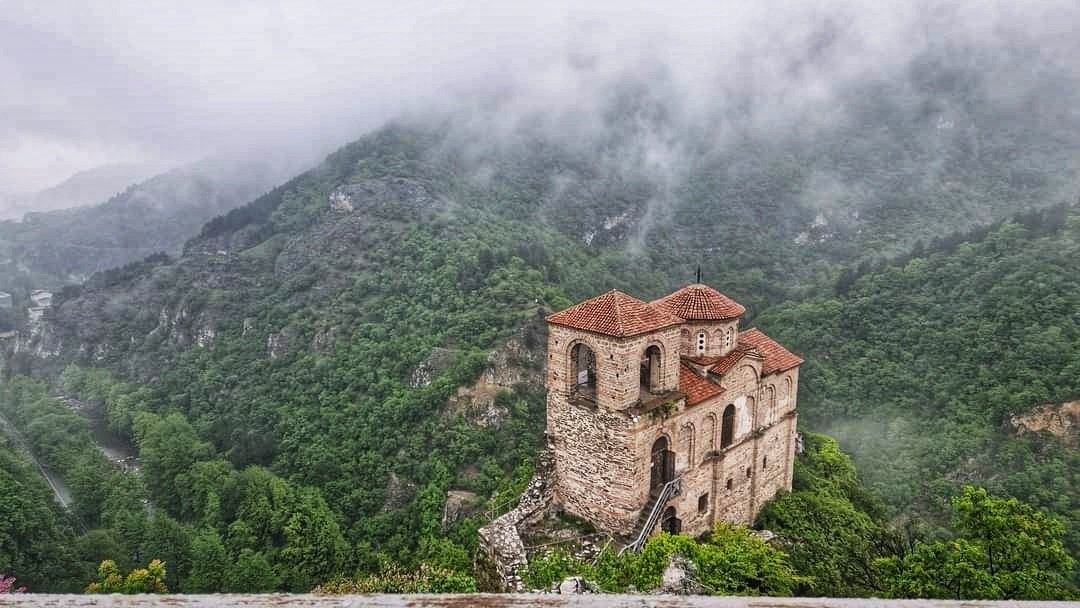
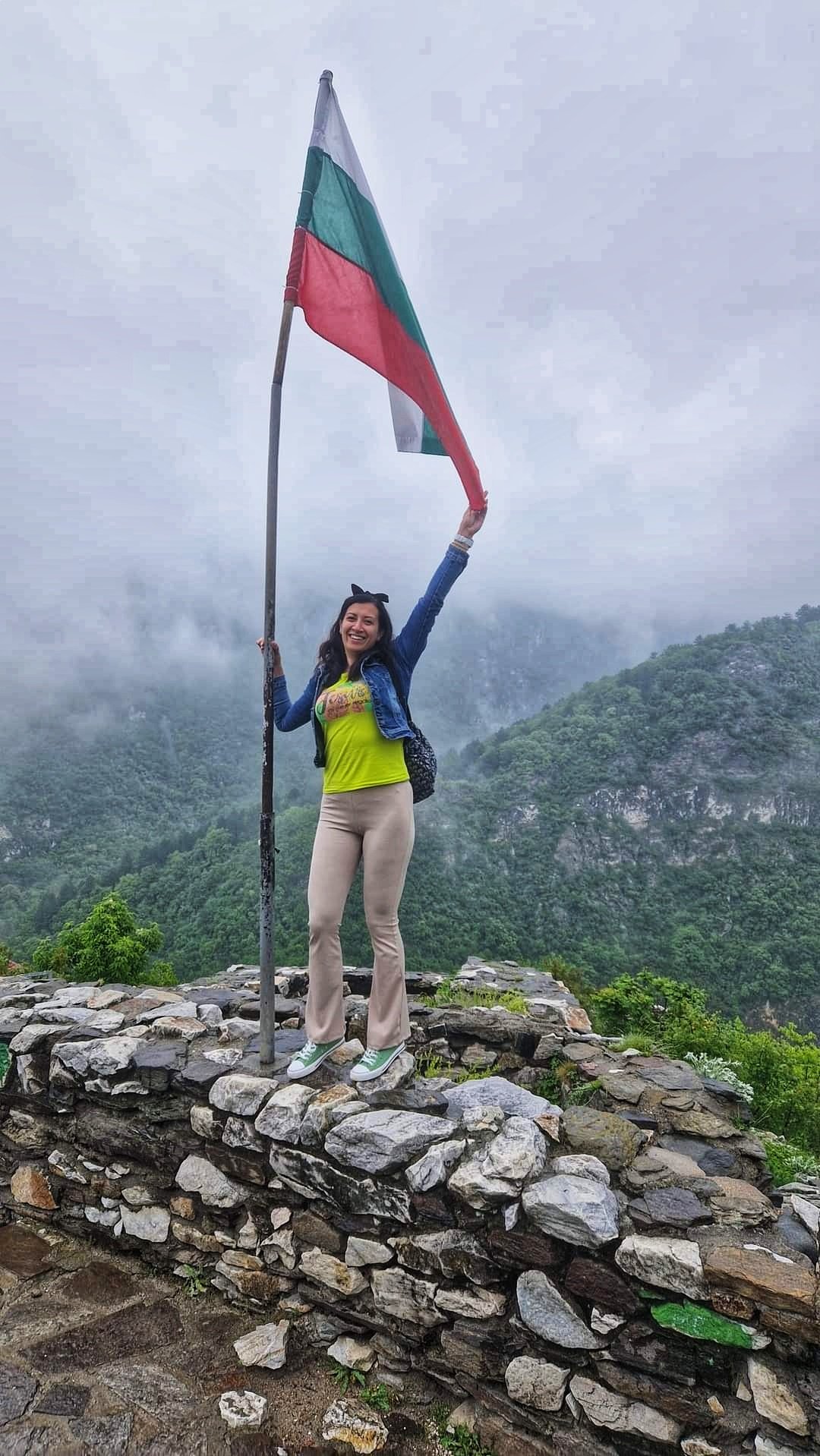
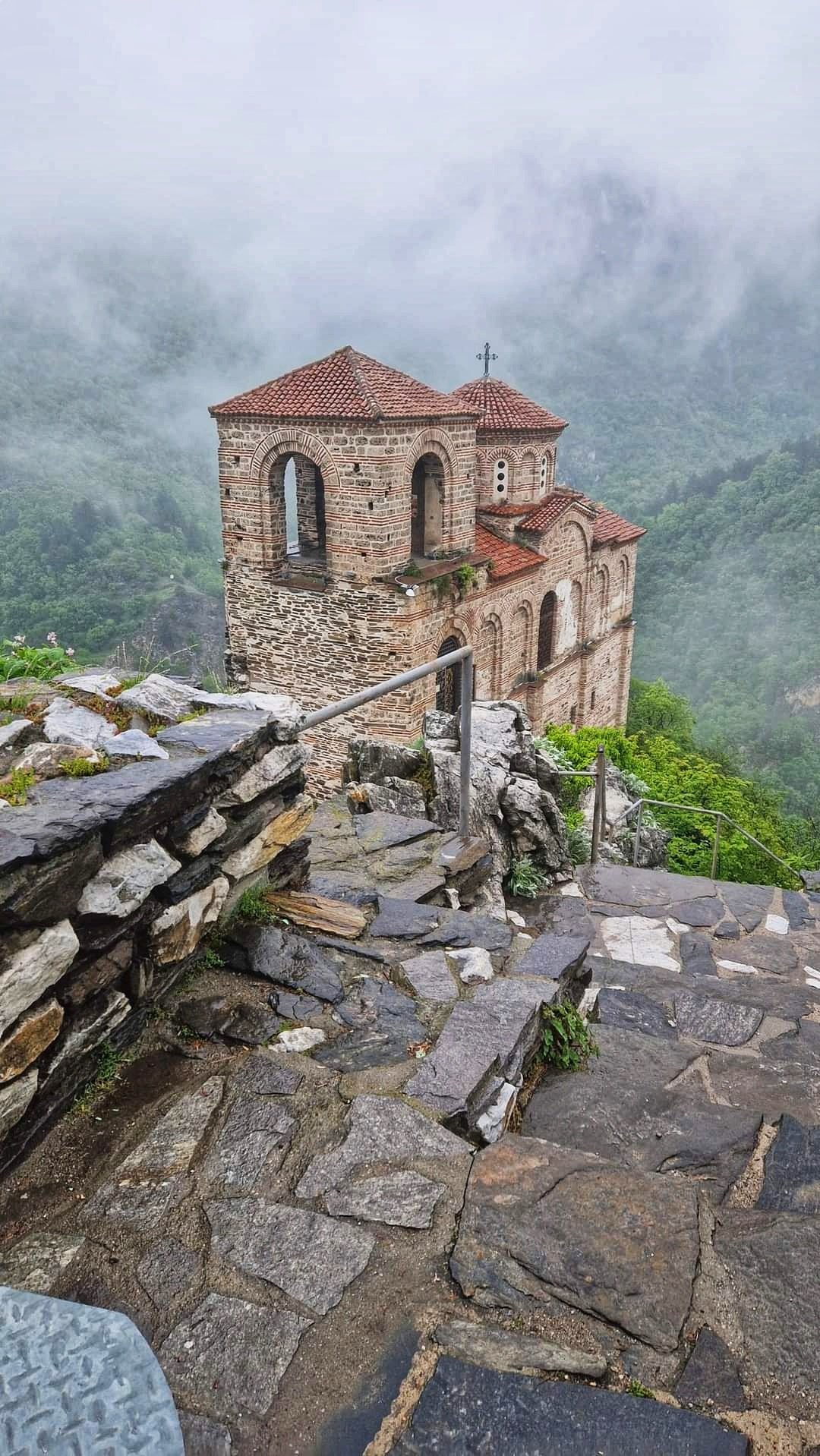
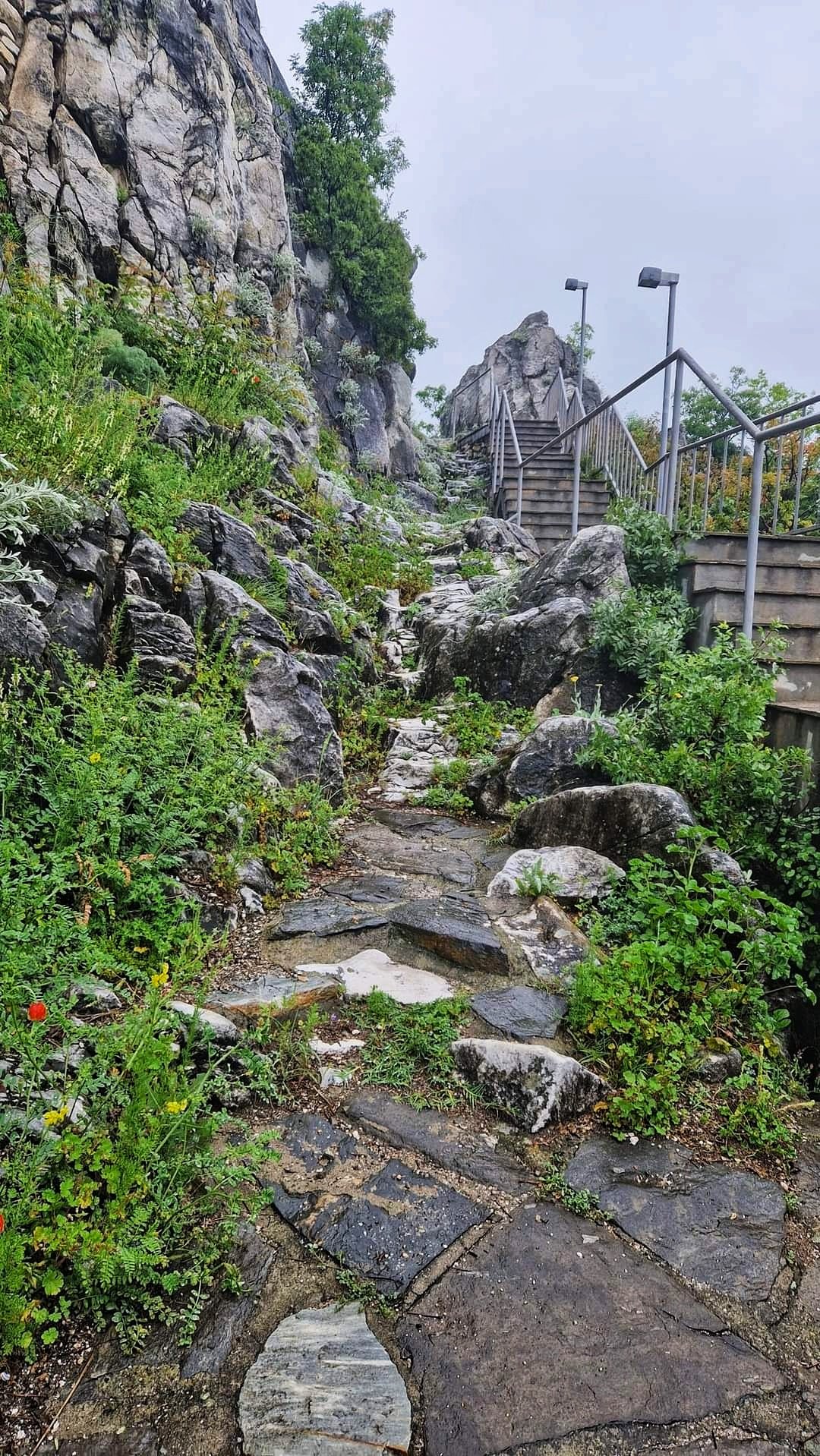
Location: https://maps.app.goo.gl/1jmRVqPYMTTrxuVh9
Contest organised by @axeman
Supported by @xpilar
link for the contest: @axeman/the-world-of-xpilar-landscape-seascape-photography-and-art-contest-week-163-14steem-in-prizes-submissions-post
